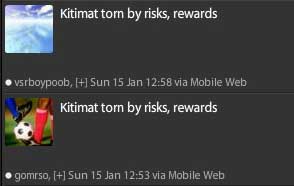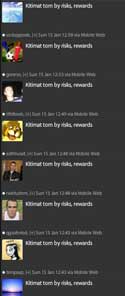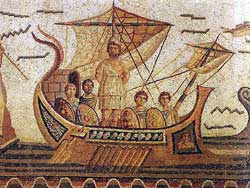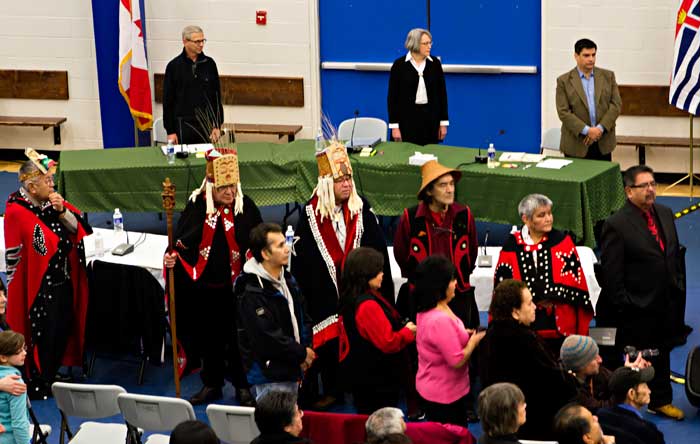Northwest Coast Energy News will use selected testimony from the Joint Review hearings, where that testimony can easily turned into a web post. Testimony referring to documents, diagrams or photographs will usually not be posted if such references are required. Depending on workload, testimony may be posted sometime after it originally occurred. Posting will be on the sole editorial judgment of the editor.
By April MacLeod, Walter Thorne and Dennis Horwood
We would first like to thank the Haisla Nation
hosting this hearing. We recognize we are guests on Haisla land and that we are also on Haisla territory. We would also like to thank the JRP for this opportunity to make the oral presentation.
Who is the Kitimat Valley Naturalists? We are an independent Kitimat organization. We’re open to the entire community and we are an active member of B.C. nature. Our goal as a group is to pursue outdoor nature-oriented recreation.
As a group, we have 40 years of bird and mammal records and research papers. We have been involved as stream keepers, working closely with Department of Fisheries and Oceans. And we are also considered by the birding community to be citizen scientists.
We believe we have little to gain and much to lose from an oil pipeline, terminus and tanker traffic, and the purpose of this presentation is to show what we believe we have to — we stand to lose.
The focus of this whole presentation is the Kitimat River estuary and it is one of the five largest estuaries on our northern B.C. Coast. It is ranked by Ducks Unlimited as one of B.C.’s most important estuaries. And to back that up, a technical report showed it was the top three in total biological and social values.
And so everyone is clear, scientists define an estuary as much more than just mudflats and meadows. The Kitimat River estuary in fact extends many kilometres past the inner tidal areas and well into Douglas Channel.
The estuary foreshore is a relatively flat area, and at a distance, its beauty and importance are difficult to see. Up close, however, things change.
The Kitimat River estuary is 1,230 hectares, and in perspective, that’s three times larger than Vancouver’s Stanley Park. It is covered in sitka spruce, western hemlock and deciduous trees, interspersed with lush meadows, slews, ponds and rivulets.
Rich, organic soils, packed with nutrients, help create immense fertile meadows. These meadows and land support the growth of many native species.
In the spring and summer, it is a wildlife — wildflower and wildlife heaven. In early times, the root of the chocolate lily, seen in the insert, was used by the Haisla and early pioneers as a food source.
Shooting stars are just one of the many wildflowers found in the meadows of the estuary. Many people, like me, a local native, native natural photographer, I like to walk around the estuary purely for the floral opportunity of — floral photographic opportunities.
The same nutrients that allow flowers to flourish also support a major outdoor activity, fishing.
Fishers from B.C., Alberta and the world come here to fish. Why? Because Kitimat is really a fishing Mecca.
Kitimat’s river — the Kitimat River brood stock is amongst the best in the world. Where else on this planet can you catch a 27-pound steelhead or a 76-pound Chinook salmon. Elite fly-in fishing lodges located throughout the Douglas Channel target Kitimat River fish.
The B.C. sports fishing industry yields annual returns in the billions of dollars. Kitimat’s share in a year is in the millions.
Kitimat is a 10 out of 10 fishing destination. And if you don’t like our fish, try our prawns. Even celebrities know about this area and come here to fish. When the Vancouver Canucks arrive, they keep it very secret.
The Kitimat and Douglas Channel river systems have attracted recreational anglers for decades, starting in the 1950s, as you can see. Some have an extremely high profile: The Right Honourable Prime Minister John Diefenbaker, Kevin Costner, the actor, and Carey Price, a B.C. boy, our goalie for the Montreal Canadiens.
Hunters as well as fishers depend on the Kitimat River estuary. Birds, like fish, are attracted to estuaries. The Kitimat River estuary is a stopover during both the spring and fall migration. Trumpeter swans that nest in Alaska fly here and stay for the winter.
One of the major groups of migrants are waders, long-legged birds that generally feed in the shallow waters and mudflats. Over 20 species of this group of birds use our estuary as a fast-food outlet. They stop, stay for a day or two, then fly on to as far away as South America.
Twenty years ago, great blue herons were a rare bird at any time of the year in the Kitimat Valley. This blue-listed bird, meaning an indigenous species considered vulnerable, has made the Kitimat River estuary its winter refuge. Now these birds are regularly reported on Christmas bird counts.
Snow geese used to be a rare bird here as well. We now record them regularly during spring and fall migrations and in flocks sometimes exceeding 500 individuals. This estuary has become a vital link along their migration route.
Typically, many birds desert the estuary during the summer months, but we still have many species that rely on the estuary trees, meadows and waterways to raise their young.
One of the most mysterious birds in the world lives here. The marbled murrelet, a robin-sized seabird thrives in the Douglas Channel system. These birds feed by day in the rich channel waters, but at nightfall they fly inland to old-growth trees and locate their saucer-sized nest in complete darkness. No scientist, or anyone for that matter, knows how they do this.
The estuary and Douglas Channel have immense recreational values. Sailboats, kayaks and power craft all ply the local waterways. Alaska-bound yachts often divert into Douglas Channel. Why do they come here? They come here for solitude, pristine wilderness, private beaches that urbanites from all over Canada can only dream about.
Author John Kimantas predicts Douglas Channel will evolve into a world- class kayaking destination. He is considered to be the Pacific Coast authority on kayaking.
We are blessed with a network of Haisla cabins that all visitors are welcome to use. These two kayakers visit here every year from Alberta. They keep coming back. Why? They want that wilderness experience.
Within the shelter of Minette Bay, a major part of the estuary, local recreational events such as dragon boat racing and training take place. We have several non-commercial hot springs. Anyone can use them at any time of the year. They’re free.
Ecotourism on the estuary and throughout the Douglas Channel system is second to none. It is simply world class. Where else on the same day can you see three different looking bears on the same day? Lots of places have black bears, but we have Kermode bears and grizzlies a plenty. They love our salmon and we enjoy watching them fish.
Orcas regularly visit here in spring but can be seen at any time. Sea lions come and go with the fish and tides. Seals are always present in the channel, estuary and even the river. They add character and enjoyment for visitors and locals alike.
But nothing — absolutely nothing — beats the sight of a sounding humpback whale. If we lose our whales, we know we will have lost much more.
So in conclusion, the Kitimat Valley Naturalists believe we need to strike harmony and balance in our ecosystem here and, as such, we believe the Northern Gateway is not an acceptable risk. We simply have too much to lose.








